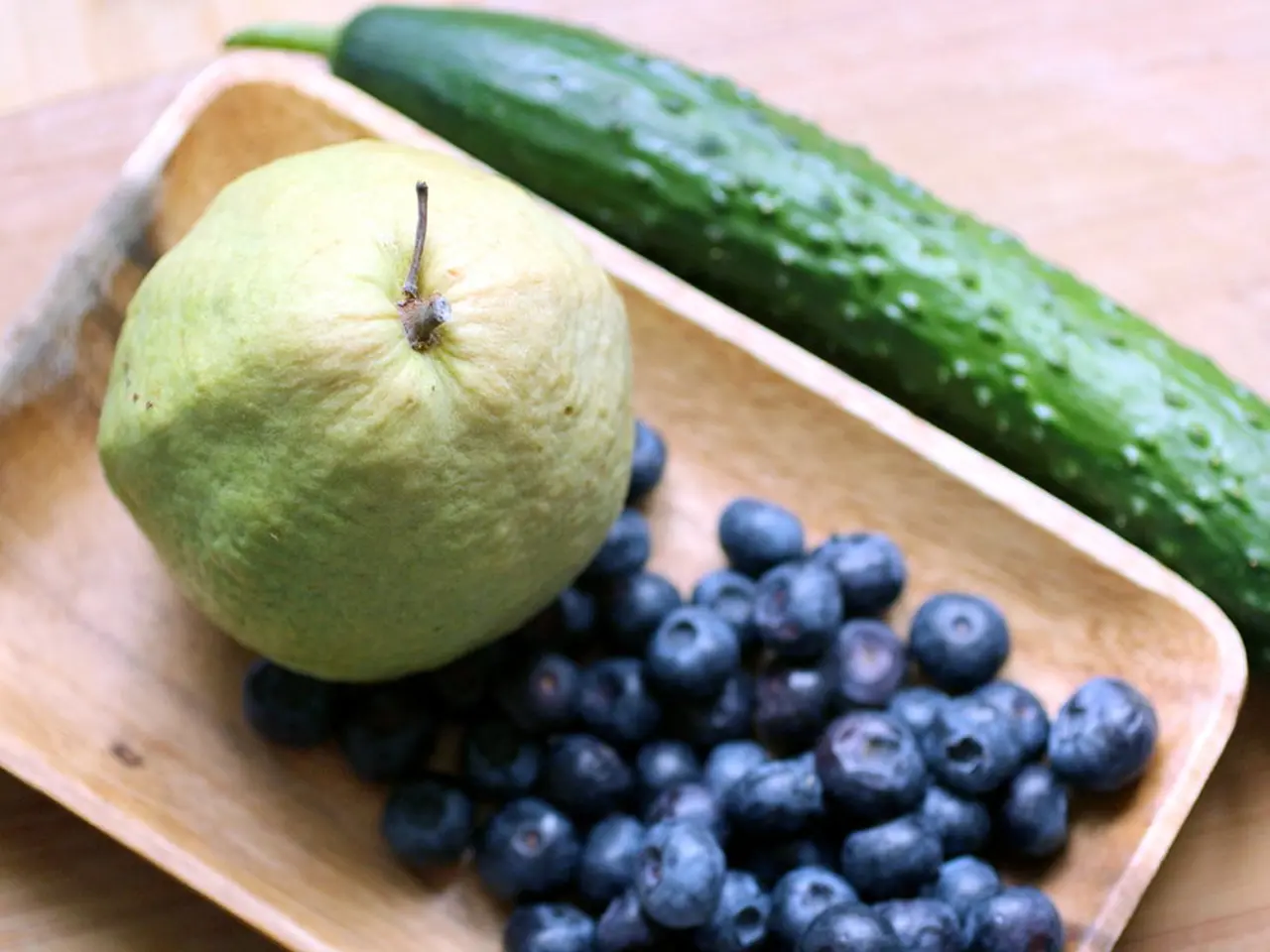Recognizing Ripe Cucumbers: A Gardener's Handbook
Growing pickling cucumbers is an art that requires careful attention to various factors, from seed selection to pest and disease control. Here's a comprehensive guide to help you cultivate the perfect pickles.
**Seed Selection**
Choose a variety specifically bred for pickling, such as the National Pickling Cucumber. These varieties are generally smaller and have a more compact shape, making them ideal for pickling. Sow seeds about 0.5 inches deep and roughly 4 feet apart in rows, with rows about 6 feet apart.
**Soil**
Use well-draining soil to prevent waterlogged conditions that can lead to root rot. A mix of loamy garden soil, organic matter (like compost or manure), and moisturizing materials (such as coconut coir or peat moss) works well. Cucumbers generally prefer a slightly acidic to neutral soil pH, around 6.0 to 7.0.
**Watering**
Cucumbers need consistent moisture, especially when fruiting. Aim for about 1 inch of water per week, with deeper waterings less frequently than shallow ones. Mulch around the plants to retain moisture and keep roots cool, especially in hot climates.
**Temperature**
Cucumbers thrive in temperatures between 70°F and 90°F (21°C to 32°C). Avoid planting until soil temperatures are at least 60°F (15.56°C). High temperatures can lead to wilting and slower flowering, requiring more frequent watering.
**Pest and Disease Control**
Common pests include aphids, whiteflies, and spider mites. Use organic methods like neem oil or insecticidal soap to manage infestations. Cucumbers are susceptible to fungal diseases like powdery mildew and bacterial wilt. Use fungicides when necessary and ensure good air circulation by providing adequate spacing and support like trellises. Rotate crops annually to avoid depleting soil nutrients and to reduce disease buildup.
**Harvesting**
Pickling cucumbers are ready to harvest when they reach the desired size, typically within 50 to 60 days of sowing. Harvest frequently to encourage continuous production and prevent the plant from diverting energy to seed production.
**Storage**
Store fresh pickling cucumbers in the refrigerator to keep them cool and moist. For long-term storage, use a pickling solution to preserve the cucumbers, typically involving a brine of vinegar, salt, and spices.
**Additional Tips**
- Provide a trellis or other support for vining varieties to keep the plants off the ground and promote better fruiting. - While most cucumbers are self-pollinating, attracting pollinators with nearby flowers can improve yields. - Using mulch around the plants can help retain moisture and reduce the frequency of watering. - To control pests, use insecticidal soap, neem oil, or beneficial insects like ladybugs and lacewings. - Keep cucumbers away from fruits like apples and bananas, which emit ethylene gas and can cause cucumbers to spoil quickly. - Cucumbers should be planted after the last frost to prevent damage. - Pruning helps the plant focus energy on growing fruits rather than excess foliage. - Slicing cucumbers are typically ready when they reach 6-8 inches long. Pickling cucumbers should be between 2-6 inches. - Diseases such as powdery mildew and downy mildew can also threaten cucumber health. - Crop rotation helps prevent soil depletion and reduces disease risks. - Pruning involves removing dead or damaged leaves, trimming side shoots, and cutting the main stem once it reaches the top of the trellis. - Cucumber plants need about 1-2 inches of water per week. - Seeds will sprout in 3-10 days in the right conditions. - Cucumbers thrive in well-draining soil with a pH between 6.5 and 7.0, and should be mixed with compost for enhanced fertility. - Store cucumbers in the refrigerator, wrapped in a paper towel and placed inside a plastic bag, to extend their shelf life.
With these tips, you're well on your way to a bountiful harvest of pickling cucumbers. Happy gardening!
Incorporating pickling cucumbers into your home-and-garden lifestyle can lead to a delightful home-preserved food, such as pickles. To achieve this, consider expanding your gardening knowledge to include pickling cucumber cultivation for a better home-and-garden lifestyle blossoming with the garden's bounty.




